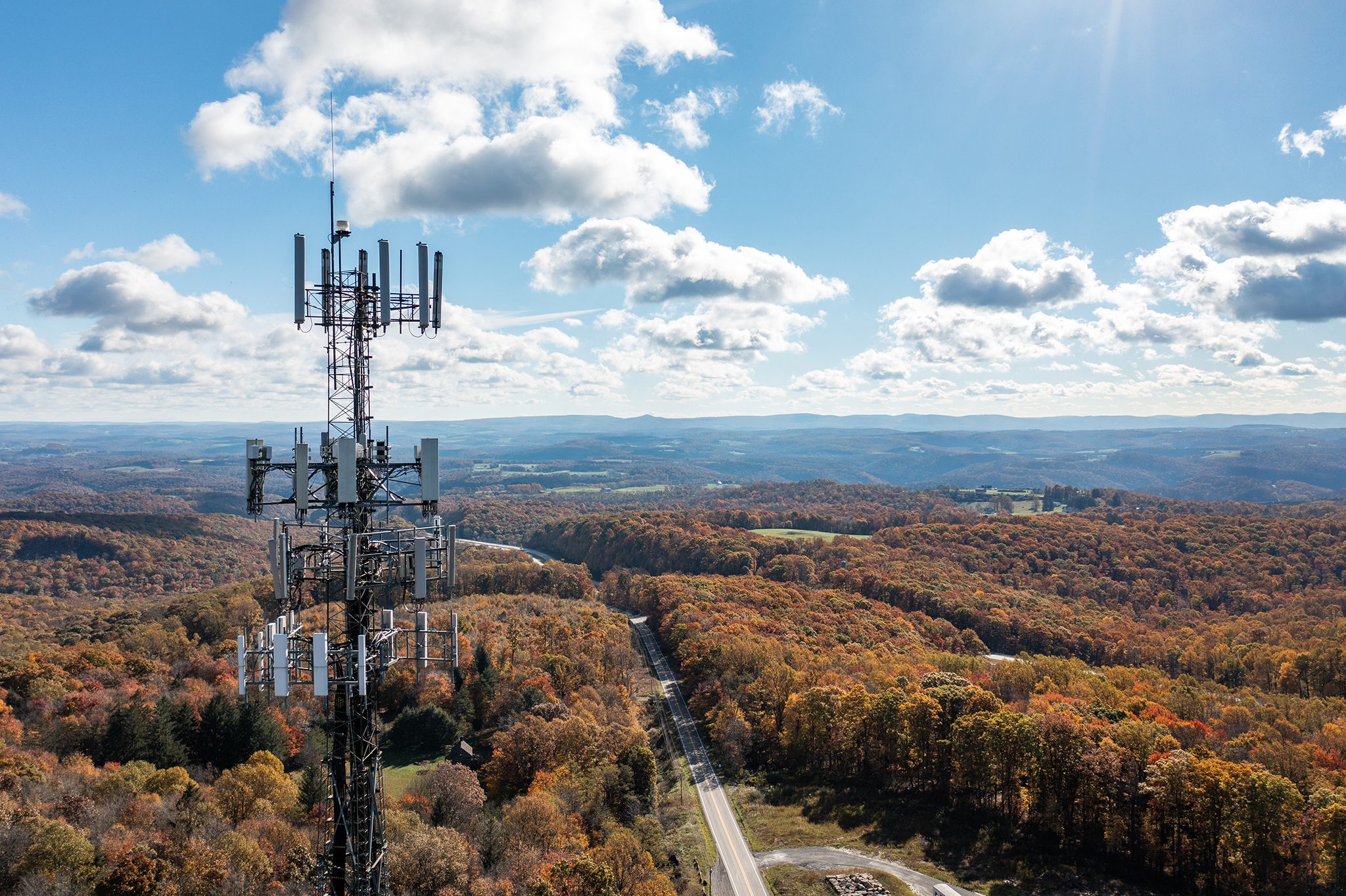AI Optimists at FCC Hope to Transform Spectrum Management
Randy Sukow
|

FCC Chairwoman Jessica Rosenworcel says that the Commission is ready to begin looking at the use of artificial intelligence (AI) or “machine learning” tools to manage the public airwaves. The Commission could vote on a proposed Notice of Inquiry (NOI) during a scheduled Aug. 3 FCC meeting.
As Rosenworcel explained in a blog post, the FCC historically has relied on third-party sources to measure exactly how licensees use spectrum on various frequencies in various geographic locations. “Considering this third-party information is made available infrequently and is generally nonpublic, meaning it’s hard to verify, our spectrum management practices could benefit from conducting our own studies of spectrum usage, she said. “AI tools and other cutting-edge technologies and data sources” could be a way to bring the process in-house.
The announcement came on the same day that the FCC co-hosted a workshop, “The Opportunities and Challenges of Artificial Intelligence for Communications Networks and Consumers,” with the National Science Foundation (NSF). During the conference, Rosenworcel described a Defense Advanced Research Projects Agency (DARPA) initiative to design wireless networks using AI. In one demonstration, “teams used AI-enabled radios to go head-to-head against each other demonstrating how machine learning can support real-time dynamic spectrum decision-making, increasing efficiency and decreasing interference … it was a bright look at our wireless future.”
With growing demands on limited licensed spectrum for consumers and commercial users, the FCC could generate its own data and make dynamic spectrum management decisions using AI tools. The commission could improve its ability to adopt spectrum-sharing policies and increase efficiency across the electromagnetic spectrum. Wireless network designers also could employ AI tools when planning future mobile networks beyond 5G.
Much of the media coverage of AI has centered on potential negative effects the technology could have on job growth, education, public safety and national security. A recent study by Pew Research Center, found that a 58 percent majority of American adults are aware of ChatGPT, a form of “generative AI,” which uses machine learning to generate written works, images and other materials. The survey found that many found the technology entertaining but were troubled by inaccuracies in some Chat GPT output.
But Rosenworcel and most other workshop participants described themselves as “AI optimists.” Unlike generative AI, the commission would be investigating the fast decision-making aspects of the technology.
Margaret Martonosi, NSF’s assistant director for Directorate for Computer and Information Science and Engineering, described five advanced wireless testbeds using AI to try out software-defined networks in various applications. “The most recent of these testbeds is just coming into open operation led by Iowa State University with a focus on affordable rural broadband and precision agriculture,” she said. More efficient spectrum management could lead to extending advanced wireless coverage to currently unserved areas.
“What happens differently when we think about a particular domain?” Martonosi asked. “What happens when we think about AI, wireless and agriculture? What happens when we think about AI, wireless and health?” The answers could affect rural America.
Update, July 14: A recording of the complete FCC/NSF workshop is now available on YouTube.


